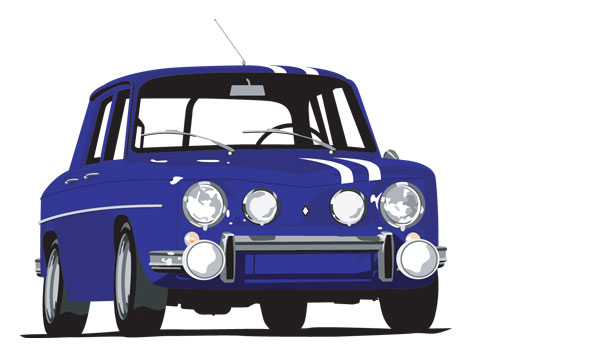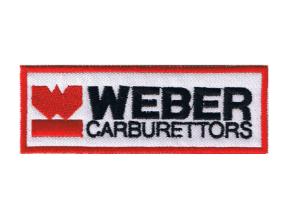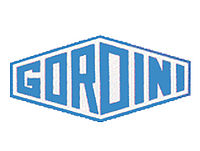Renault R8, R8 Gordini, R10 ,Alconi & Dauphine
|
|||||||
 
|
The Gordini brand is an important part of Renault’s heritage both on and off the track. Amedee Gordini was born in 1899, around a year after the launch of the first ever Renault vehicle, and originally worked as a mechanic on single seaters before becoming an engine tuner at Renault. His R8 Gordinis finished first, third, fourth and fifth on the 1964 Tour de Corsica rally. In 1966, the 1300 version heralded the birth of the Gordini Cup race series. The R8 Gordini was replaced with the R12 Gordini, which featured an all-aluminium 1565 cc engine, Weber carburetors and a 115mph top speed. The Renault 5 Gordini was arguably the first hot hatch, beating the VW Golf Mk1 by a year, and featured a 93bhp 1397cc turbocharged engine and five-speed manual gearbox. The 5 Gordini hit 60mph in 10.7sec and a top speed of 107mph.
The Dauphine was launched in 1956 to replace the highly successful Renault 4CV. Like the 4CV, the Dauphine used a single-shell monocoque body. It was a 4-door saloon design as was the 4CV, but it lacked the rear-hinged "suicide doors" of the 4CV. It was also heavier and 12 in (300 mm) longer than its predecessor, but used the same engine, albeit a version increased in size and power from 760 cc to 845 cc and 19 hp to 32 hp (14 kW to 24 kW) (the Dauphine was infamously slow: Road & Track magazine measured the Dauphine's 0-60 mph/0–97 km/h acceleration time as 32 seconds). Like its predecessor, the Dauphine used a rear-engined rear wheel drive configuration: Renault's Fernand Picard pointed out in a paper he delivered in 1957 that in this respect the car was part of a trend led by Volkswagen, Fiat and Renault themselves whereby the rear drive/rear engine configuration had increased from 2.6% of continental western Europe's car production in 1946 to 26.6% in 1956.[4] (The UK auto industry, which had also managed largely to avoid the front-engine/front-wheel drive trend of the 1930s, was excluded from Picard's figures here.[4]) The Dauphine was originally intended to be called the Corvette, but was changed to Dauphine (the female form of the French feudal title of Dauphin) to avoid confusion with the recently-launched Chevrolet Corvette. Two limited editions of the Dauphine tuned for greater power were launched during its lifetime. Renault performance guru Amédée Gordini engineered a version of the Dauphine tuned to 37 hp (27.2 kW), sold as the Dauphine Gordini. In the final run of Dauphines, a limited edition of 2140 called the 1093, were similarly tuned to 55 hp (41 kW) and featured a twin barrel carburettor, rear track rods, four-speed manual transmission and tachometer, and had a top speed of 140 km/h (87 mph). The 1093 was only available in white with two blue stripes down each side. The Dauphine's legacy is largely dominated by its infamously poor performance and bad handling, as well as its poor reliability.[citation needed] In many markets (particularly the
In a press statement produced in 1966, Renault stated that the Dauphine production had passed the million mark more quickly than any other car manufactured in Europe, with the first million coming up in just four years.[5] (Second, third and fourth places at that time went to the Renault 4 - 4½ year, the BMC Mini - 5½ years and the Fiat 600 - 7 years.[5]) 2,150,738 Dauphines were produced in its production run of 10 years.[6] In the United Kingdom, it was one of the first imported cars to sell in large numbers, in a market that was formerly dominated by British manufacturers and the local subsidiaries of American manufacturers.
|
||||||

